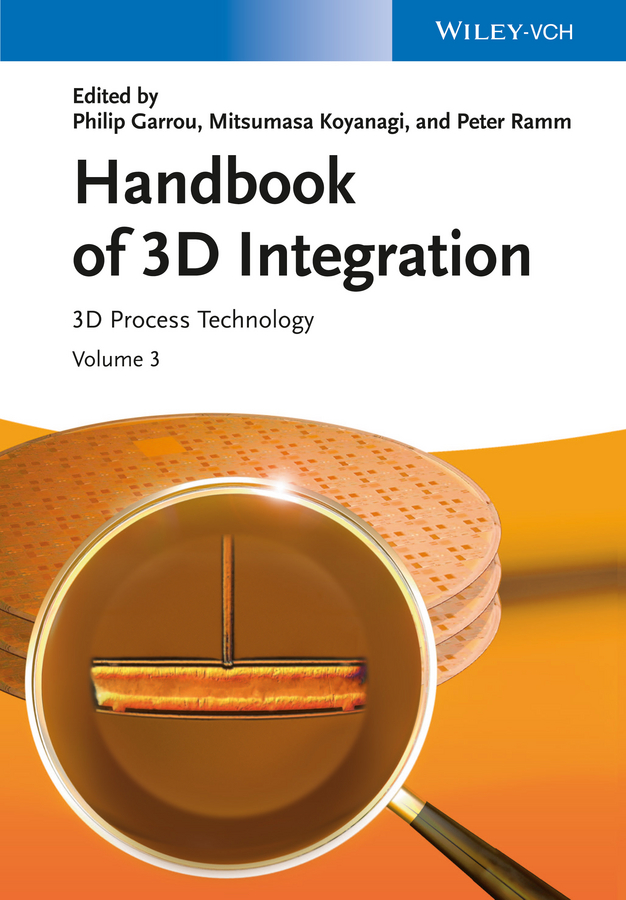
Edited by key figures in 3D integration and written by top authors from high–tech companies and renowned research institutions, this book covers the intricate details of 3D process technology. As such, the main focus is on silicon via formation, bonding and debonding, thinning, via reveal and backside processing, both from a technological and a materials science perspective. The last part of the book is concerned with assessing and enhancing the reliability of the 3D integrated devices, which is a prerequisite for the large–scale implementation of this emerging technology. Invaluable reading for materials scientists, semiconductor physicists, and those working in the semiconductor industry, as well as IT and electrical engineers. INDICE: Introduction – Overview Since 2008 Drivers for 3D Integration 2.5D Interposer Technology THROUGH SILICON VIA FORMATION TSV Formation Overview TSV Formation at Applied Materials TSV Formation at ASET TSV Fill by Wet Processing TEMPORARY BONDING AND DEBONDING Temporary Bonding: Materials and Requirements Temporary Bonding and Debonding: Equipment and Processes Temporary Bonding and Debonding at SÜSS, EV Group, TOK Electrostatic Chuck THINNING, VIA REVEAL, BACKSIDE PROCESSING Thinning Via Reveal and Backside Processing Kiru, Kezuru and Migaku (Dice, Grind and Polish) Wafer Dicing – Stealth Dicing BONDING AND ASSEMBLY Bonding and Assembly at Amkor, ASE, SCP, TSMC Cu–Cu Direct Bonding Oxide Bonding for BSI Imaging Self Assembly RELIABILITY ISSUES 3D Reliability Issues: Protrusion, Stress/Strain, Electromigration, Underfilling Methodology of Reliability and Robustness for 3D Process Technology Challenges in 3D Fabrication Implications of Stress/Strain and Metal Contamination on Thinned Die METROLOGY Status of 2.5/3D Metrology
- ISBN: 978-3-527-33466-7
- Editorial: Wiley VCH
- Encuadernacion: Cartoné
- Páginas: 432
- Fecha Publicación: 19/03/2014
- Nº Volúmenes: 1
- Idioma: Inglés
